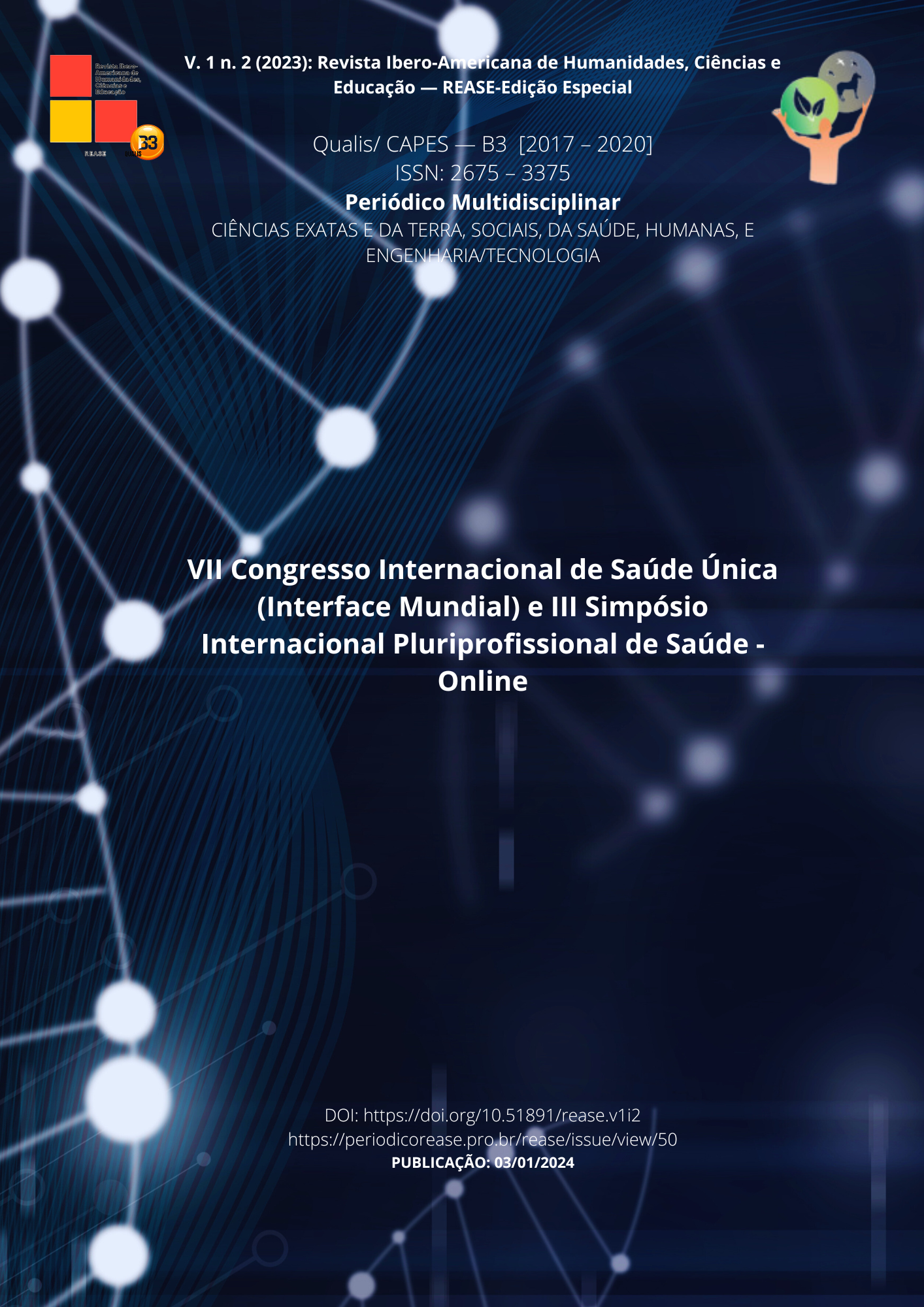CONTAMINATION OF THE SAND OF BEACHES LOCATED ON THE ATLANTIC FRAME IN THE MUNICIPALITY OF SALVADOR-BAHIA BY INTESTINAL PARASITES OF DOGS AND CATS
DOI:
https://doi.org/10.51891/rease.v1i2.10746Keywords:
Intestinal Diseases, Parasitic, beaches, zoonosis.Abstract
Beaches are places of social integration, constituting an important public leisure area in coastal cities. The shared use of the sand strip between humans and animals, coupled with the lack of public policies that guide the collection of biological waste, exposes users to the risk of infections, especially by parasitic zoonoses. Because of this, researchers in several Brazilian cities have been dedicated to identifying the contamination rate of these spaces and estimating the risk of exposure to their users. Thus, the objective of this work was to investigate contamination by intestinal parasites of dogs and cats in samples of sand from beaches located on the Atlantic coast of the municipality of Salvador-Bahia. To this end, a cross-sectional epidemiological study was carried out in order to identify the occurrence of evolutionary forms of intestinal parasites in 55 sand samples obtained between November and December 2022 from the beaches of Barra, Ondina, Rio Vermelho, Amaralina, Pituba, Jardim de Alah, Boca do Rio, Pituaçu, Piatã, Itapuã and Stella Maris. Laboratory analysis was performed using the modified Willis technique. Of the analyzed sand samples, 50.91% were positive for potential zoonotic parasites. The locations with the highest number of positive samples were Boca do Rio (83.3%) and Ondina (80.0%), followed by Barra and Rio Vermelho (66.7%). The most prevalent helminths belong to the genus Toxocara and Giardia, identified in 63% and 20% of the samples, respectively. In addition to these, Ancylostoma (6.25%), Trichuris and Entamoeba (3.13%) were also identified. The findings obtained in this study prove parasitic contamination on beaches on the Atlantic coast of Salvador-Bahia, constituting a problem of relevance to public health, due to the high flow of human and animal users and their consequent exposure to the risk of contamination by parasites of potential zoonotic.
Downloads
Downloads
Published
How to Cite
Issue
Section
License
Atribuição CC BY

